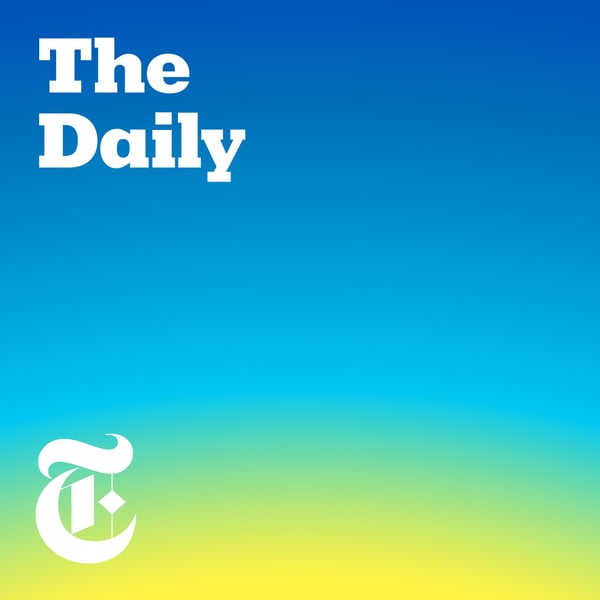The Sunday Read: ‘The Ongoing Mystery of Covid’s Origin’
The Daily
The New York Times
4.4 • 102.8K Ratings
🗓️ 20 August 2023
⏱️ 62 minutes
🧾️ Download transcript
Summary
Transcript
Click on a timestamp to play from that location
| 0:00.0 | Hi, this is David Kwaman. I'm an author and journalist and I've been writing articles |
| 0:09.8 | and books about emerging diseases and novel viruses for the past two decades. |
| 0:16.6 | This week's Sunday Read is a story of mine about the origins of the COVID virus. |
| 0:23.1 | We still don't know, with total certainty, how the coronavirus pandemic started. Where |
| 0:29.3 | did that virus come from? Earlier this year, I saw that the idea of a lab leak origin |
| 0:36.3 | was becoming more popular, even though there was no increase in evidence to support that |
| 0:41.4 | hypothesis. And that imbalance concerned me had puzzled me. So, in this piece I wrote |
| 0:49.4 | for the New York Times magazine, I explored two questions that are still controversial |
| 0:54.5 | more than three and a half years into this pandemic. |
| 0:59.5 | First, what is the origin of the virus known as SARS-CoV-2? Where did it come from? |
| 1:06.8 | And second, why is the preponderance of evidence on one side of the debate and the preponderance |
| 1:13.1 | of public opinion on another? So, the origins debate centers on three main hypotheses. |
| 1:21.7 | The first is the natural origin hypothesis, the idea that the virus spilled over from |
| 1:27.4 | a wild animal, probably an animal that had been brought to the infamous wet market, the |
| 1:32.7 | one on market, in Wuhan, China, and was being sold for food. |
| 1:38.2 | The second hypothesis argues that the COVID virus is a bio-weapon that was intentionally engineered |
| 1:44.6 | and released to infect people. And then there is a third theory, the lab leak hypothesis. |
| 1:52.3 | It suggests that a lab worker in Wuhan was doing research on coronaviruses, possibly altering |
| 1:58.7 | a virus's genome to see if certain alterations would make it more dangerous to humans. And |
| 2:04.5 | then this lab worker, so the theory goes, got infected with the virus and carried it out |
| 2:10.3 | into the world. And that became the pandemic. |
| 2:14.3 | Now, I want to emphasize that we still don't know for sure which of these hypotheses |
... |
Please login to see the full transcript.
Disclaimer: The podcast and artwork embedded on this page are from The New York Times, and are the property of its owner and not affiliated with or endorsed by Tapesearch.
Generated transcripts are the property of The New York Times and are distributed freely under the Fair Use doctrine. Transcripts generated by Tapesearch are not guaranteed to be accurate.
Copyright © Tapesearch 2025.

